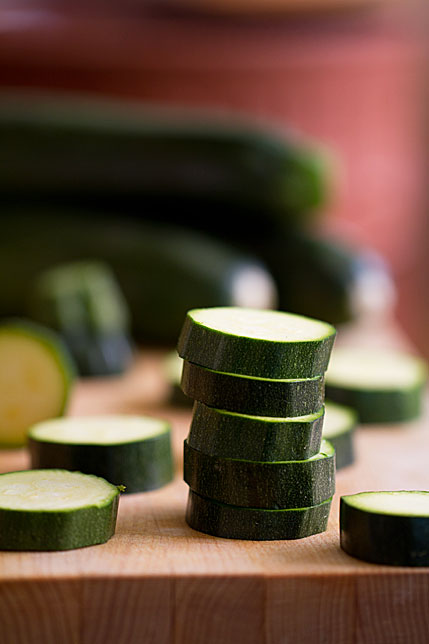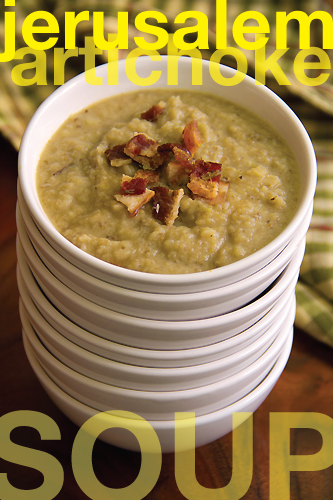
I’m going to say something shocking. It’s especially shocking because I’m going to say it while discussing a cookbook. Tasting Rome: Fresh Flavors & Forgotten Recipes from an Ancient City takes an in-depth look at the culture and cuisine of one of the world’s greatest cities. It’s easy to assume, therefore, that Tasting Rome is an Italian cookbook featuring favorite recipes from one of the world’s most beloved cuisines. However – here comes the shocking part – this book does no such thing. In fact, its mission seems to be proving when it comes to Italian cooking there’s really no such thing as Italian cooking. The truth is, the food of Italy is best understood when it’s considered regionally.
Rome, as a region, is no exception. It’s rich in history and culture, both ancient and modern. This book explores the culinary sense of identity and regional pride that makes the cuisine of Rome a distinct category of cooking. From its pecorinos labeled Romano, to its signature cured pork jowl known as guanciale. Roman food is as unique as its history, people, and geography. If you’re interested in understanding the subtle variables that separate a Roman table from the food of Sicily or Venice then the meticulous, firsthand research by authors Katie Parla and Kristina Gill will be a fascinating read. The book beautifully explains how different piatti (plates) can have separate identities from one neighborhood in Rome to the next. The authors say this best when sharing stories and observations from the time they’ve spent in the city. From simple classics, found in every kitchen, like pasta Cacio e Pepe, to the very distinct cuisine handed down through tradition in the Jewish ghettos. This book most succeeds when it’s presenting information with a journalist’s eye – explaining how and why these iconic foods came to represent a unique culinary style known as Roman.


I found the section on cucina ebraica romana (Roman Jewish cuisine) particularly enlightening. There has long been a small Jewish population in Rome. However, the great influx of Jewish refugees in 1492 brought new traditions and recipes to the region. Later these same people were forced to live in walled areas apart from the rest of Rome. Isolated from the outside world the Sephardic Jews in these ghettos were forced to be creative, cooking with limited amounts of humble ingredients. Concia, which refers to a method used to keep produce edible longer by first frying and then marinating it in vinegar, is one of the culinary traditions the ladino speaking Jewish populace brought with them during this time. The recipe for Concia (fried and marinated zucchini) in Tasting Rome deliciously marries this Sephardic tradition for preserving food with zucchini, a Roman staple.
However, the authors don’t ignore the modern pleasures of a city like Rome, where even the most traditional food gets reinterpreted to suit the changing lifestyle of the city’s population. Roman classics like tripe, oxtail, and the Concia I made are finding a new audience in the fast-paced world of food-on-the-go. Today’s Romans are able to enjoy portable versions from the food stalls and market vendors who are happy to snuggle favorites into or on top of ciabatta bread – turning them into hand-held traditional treats for a fast-paced modern city.

Concia: Fried & Marinated Zucchini
The zucchini Concia recipe I made from this book is easy to follow and turned out beautifully. I can see why it’s an ancient Roman favorite. However, I have to say that there were a couple of other recipes in this book that raised red flags for me. For example, the recipe for Vignarola (artichoke, peas, fava and lettuce stew) asks the cook to blanch and peel the fava beans and then cook them in broth over high heat for 10 minutes. My experience tells me that the long cooking time would never deliver the plate of fresh-looking, bright green, fully intact fava beans pictured in the book. I appreciate good food styling as much as anyone, however, it shouldn’t become so important as to be misleading. Still, I’m grateful for the introduction to this spring stew and I may adapt the recipe to suit my own preferences with fava beans. It seems to me they’re far more likely to retain their delicate pleasures if blanched and peeled then quickly reheated in the broth just before serving.
Tasting Rome: Fresh Flavors & Forgotten Recipes from an Ancient City
Which isn’t to say I can’t recommend this book. In fact, I enjoyed reading Tasting Rome more than any cookbook that has passed my way in some time. I’m a good cook and I’m comfortable reading recipes. Making changes that suit my own taste and experience is part of the joy I find in cooking. Still, in my opinion, this book excels when it’s telling stories. The greatest strengths in Tasting Rome lie in the well-written information and inspiration the authors’ own experiences provide. Restaurants. Ingredients. Neighborhoods. The kind of information only available to Romans… until now. GREG


I received a review copy of Tasting Rome: Fresh Flavors & Forgotten Recipes from an Ancient City. All opinions are my own.




I am a big fan of Roman cooking. While the recipes may not be perfect, like you, I am a good cook who knows how to take care of inconsistencies. I will be heading over to Amazon to buy a copy….
The cookbook arrived yesterday and I can’t wait to start playing with it…
This is one of my father’s favorite “salads.” We usually fry zucchini disks in olive oil, season them simply with salt & pepper. After they cool, we lay them between sheets of creamy yogurt, topped with fresh herbs. It’s such a cool, refreshing treat, especially on a hot summer evening.
What an interesting post. I really need to get my hands on the book and would love to learn more about the history of Rome which by the way is my son’s favorite place. I remember talking to a old gentleman there that ancient Roman cuisine was also influenced by greek culture. Quite intrigued by this post. Thanks and this recipe is a keeper.
This was very delicious. I added some thyme to the zucchini and used 4 cloves of garlic. Served it with roasted squash. Very delicious! Thank you for sharing.
I liked this recipe a lot too. GREG
Awesome job! Cookbooks take so much time so I truly respect the work you’ve put into it! Congrats
Great review of Katie Parla’s new book. Well said when it comes to food styling vs. the rather drab reality of the actual recipe. I had the opportunity to interview her in Rome a few years ago for a video. Katie is a fountain of information and is spot on with her restaurant suggestions. While in Rome I used her app “Katie Parla’s Rome” where she makes suggestions for the best of everything in Rome. The app also has GPS so for those of us who are directionally challenged it really helped getting back to my AirBNB. Can’t wait to see her when she comes to Los Feliz for her book signing May 10th.
You’re so nice, Judy! Looking forward to connecting again!
Thoughtful review and beautiful photos, Greg. I’ve never prepared zucchini this way, but love the simplicity. I have not been to Rome, yet, but this cookbook sounds like a delicious introduction.
What a wonderful twist on zucchini! I love a good cookbook read.
Boy, does that zucchini look terrific! Rome is one of our favorite cities—this makes me want to go back and enjoy their splendid food!
Thank you so much for this thoughtful review, Greg! Concia is one of my favorite recipes in the book and the cucina ebraica romana is so rich. Thank you for highlighting it!
What an excellent review! I always try to feature a few Sephardic recipes at Passover-primarily artichokes because I love them- but this year we might have to switch to zucchini! Interesting book!
I love marinated zucchini; can’t wait to try it with fresh mint!
Greg, when I read “fried and marinated,” I thought it was a typo; but this is indeed fried first and then marinated. Sounds interesting, and I know I’d like it on my homemade bread. Like you, I would probably enjoy the stories.
What a fabulous cookbook and gorgeous zucchini! I am often on the hunt for new zucchini recipes — it’s one of our family favorites. Even the kiddos love it. 🙂
Nice article! I love food history. And I love dishes with heritage. I like zucchini, but I think of it as bland, so I’d be eager to try it marinated. Regarding food styling: amen! If the recipe won’t produce the pictured result without a torch or a blow dryer or the use of tweasers, it may make for good porn, but I’m a doer, not a watcher.
So right. After all, Italy was not a country so long ago. The recipe looks outstanding as does the book. I see Italian cooking as an approach and so misunderstood in America.
Sounds like an interesting book. Italy as a nation really didn’t exist until the 19th century (before that it was a collection of city-states/regions that often weren’t on the best of terms), so this way of talking about “Italian” food is totally understandable. Sounds like a fun read. And this recipe? Yes. 🙂
You make me want this cookbook! 1492 or 1942? I know Rome is ancient but I just have to clarify.
1492 was the year all Jews were expelled from Spanish territories during the inquisition. GREG
Coincidental that it’s the same year Christopher Columbus did his big sail, that he was Roman, and that the Spanish queen funded him.
Well, actually he was from the boot which is now Italy, and as you explain–Roman cuisine is Roman and not Genovese or Ligurian. I’m getting a history lesson here–thanks.
Wow, bravo on selling a cookbook Greg!! Moved to the top of my wish list!! Gorgeous photos & mouthwatering zuk!
This cookbook sounds epic and I must have a copy. A 5 star post.